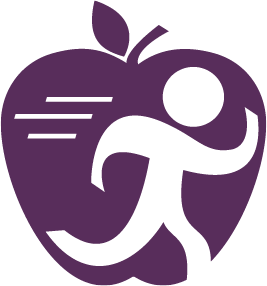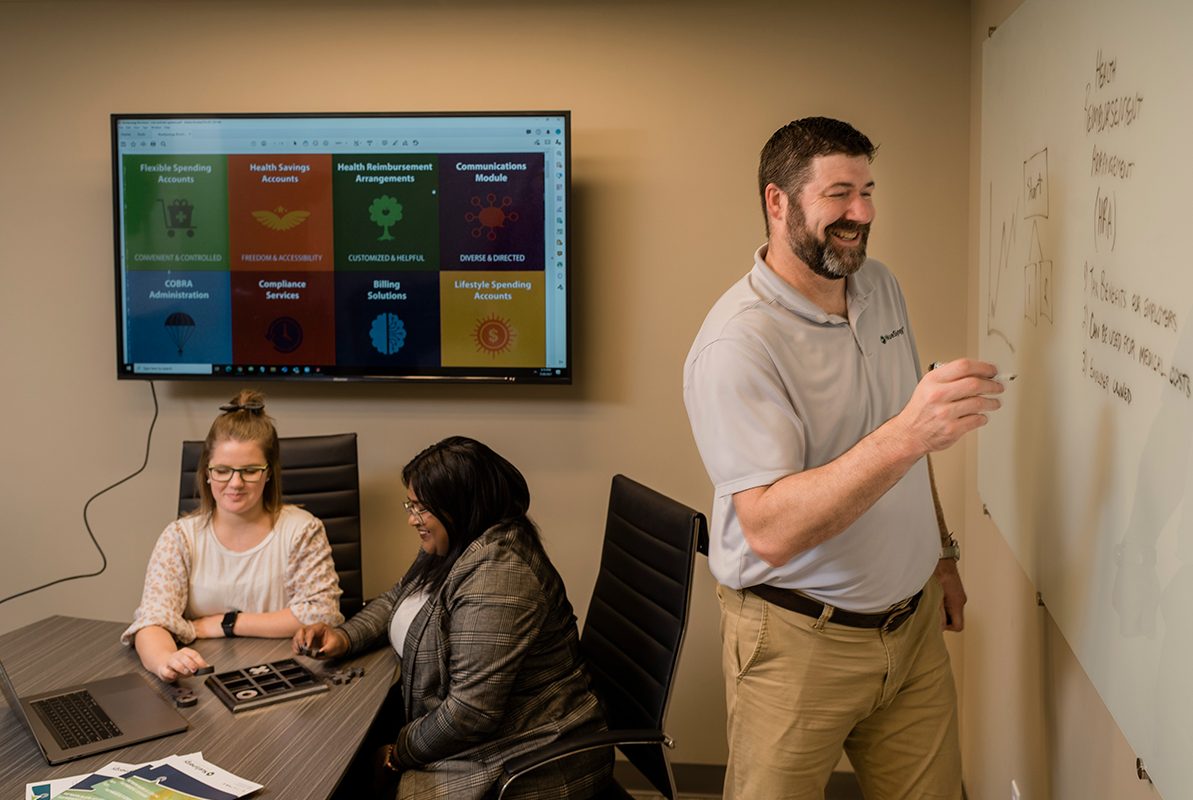
by admin | Oct 18, 2022 | Blog
Health Reimbursement Arrangements (HRAs) are tax-advantaged, employer-funded accounts geared to help pay for qualified medical expenses not covered by a health plan. Months ago, NueSynergy explained the benefits of an HRA. Now, it’s time to discuss five frequently asked questions relating to this account.
FAQ #1: How much can an employer contribute to an employees’ HRA?
An employer can contribute any dollar amount, so long as it’s above a minimum annual commitment of $250 per employee. This commitment is a promise-to-pay, with funds allocated only if and when an eligible claim is incurred.
FAQ #2: When does an HRA start paying for an employee’s expenses?
The employer has two options. They can either allow the HRA to pay before the employee meets any deductible, or they can set it up so an employee has to meet a certain amount of out-of-pocket expenses before an HRA begins to pay.
FAQ #3: Does an HRA provide a tax benefit for employees?
Yes. HRA funds are contributed to employees on a pre-tax basis. This means disbursements aren’t included when calculating taxable income. For this reason, employees cannot claim an income tax deduction for expenses that haven’t been reimbursed under an HRA.
FAQ #4: Do HRA contributions have to be made in equal amounts each month?
They can be, but an HRA can also make contributions available Day 1 of the plan. Regardless of which method, an employer holds the money until qualified expenses are incurred and then reimbursed.
FAQ #5: What happens to HRA funds if an employee leaves the company?
Since funds are funded by an employer, any funds go back to them if an employee terminates for any reason.

by admin | Oct 17, 2022 | Blog
An Adoption Assistance Flexible Spending Account (FSA) allows participants to set aside pre-tax dollars for eligible domestic (in U.S.) or foreign adoption expenses; notably court costs, attorney fees and agency fees. Below are five facts regarding this account.
Fact #1: For 2022, participants can choose an annual election amount of up to $14,890. The money is placed in a participant’s account via payroll deduction, equally, and then used to pay for eligible adoption expenses incurred during the plan year.
Fact #2: Expenses incurred in a prior plan year plus fees to adopt a stepchild and for legal guardianship are not eligible for reimbursement.
Fact #3: There’s an income limit for an Adoption Assistance FSA. It’s based on modified adjusted gross income (MAGI). For 2022, if your MAGI was:
- More than $223,410 = will not be able to contribute to full $14,400 to FSA
- More than $263,410 = can’t use the FSA
Fact #4: Any unused funds that remain in an account at the end of the plan year will be forfeited.
Fact #5: Participants cannot change election amounts during the plan year unless they experience a change in status or qualifying event (such as marriage or divorce).

by admin | Oct 13, 2022 | Blog
NueSynergy’s COBRA team is proud to assist employees and their families with the right to maintain group health benefits for limited periods of time. With 25 years of industry experience, NueSynergy’s COBRA administrators have the knowledge to help employees in the following areas:
- Track, document and update all COBRA-related events
- Provide and maintain the necessary documentation to respond to an IRS audit of any COBRA practices
- Issue administration manuals, establish and collect all plan information, rates, and new plan setups
- Mail educational COBRA packages to employees, covered spouses and dependents, which includes notification letters, election forms, enrollment forms and beneficiary forms
- Help with open enrollment and account termination
To learn even more about our COBRA team – whether it’s account set-up or other services – read here.

by admin | Oct 12, 2022 | Blog
Two months ago, NueSynergy wrote about when carryover funds are available for new FSA members. Now, we are here to provide a more detailed look into what a carryover is, how it works and any questions you may have.
What it is and how it works
Starting on October 31, 2013, the U.S. Department of Treasury adjusted the “Use It or Lose It” rule, providing employers the option to offer a carryover plan to their employees. This option allows up to $570 of remaining FSA balances at a plan year’s end to carryover for use during the next plan year. This is available with Healthcare and Limited Purpose FSAs only.
Funds carried over into the following plan year will be available on the first day of the year unless enrolled in a Health Savings Account (HSA). If that’s the case, then those funds must be carried over into a Limited Purpose FSA.
Keep in mind, carryover funds are non-transferable. This means that if employees with a carryover are terminated mid-year, funds will be treated as any normal election and will be forfeited if COBRA is not elected.
Questions to consider
What happens if a participant has a carryover balance, but does not re-elect a Healthcare FSA?
Employers can choose to allow participants who do not enroll in the new plan year to either forfeit their previous plan year balance or default their carryover into an FSA for the new plan year.
What is the difference between a Healthcare FSA and a Limited Purpose FSA?
A Limited Purpose FSA can only be used for vision and dental expenses. It is intended to work in conjunction with an HSA. A Healthcare FSA covers all eligible medical expenses.
Is additional time offered to participants following the end of the plan year to incur expenses against the previous plan year?
Yes. This is called the grace period. It allows employees additional time, usually 2.5 months, to use remaining funds. If the carryover option is elected, it will replace the grace period option.
Can employers give participants the option of both a carryover and a grace period?
No. An employer can only provide one option within the same plan year.

by admin | Oct 11, 2022 | Blog
Several months ago, NueSynergy wrote about what happens to Flexible Spending Accounts (FSAs) when employment ends and what happens to Health Savings Accounts (HSAs) when retirement starts. Now, it’s time to talk about HSAs following the loss of employment. Here is what you need to know.
- Since HSAs are owned by participants and not employers, HSAs remain available even after employee termination. This means that HSAs can continue to be used for qualified expenses. However, the ability to continue contributing to this account depends on if a participant is enrolled in an HSA Qualified Health Insurance Plan either through an employer or an individual policy.
- All future salary redirections from HSAs will end.
- Any admin fees previously covered by employer will be withdrawn directly from HSA on the 1st of each month.
- Current NueSynergy HSA debit card will be turned off while a new one will automatically be issued at the physical address associated with account.
- Account and routing numbers associated with HSA will remain the same.
For further information about this topic, read here.





